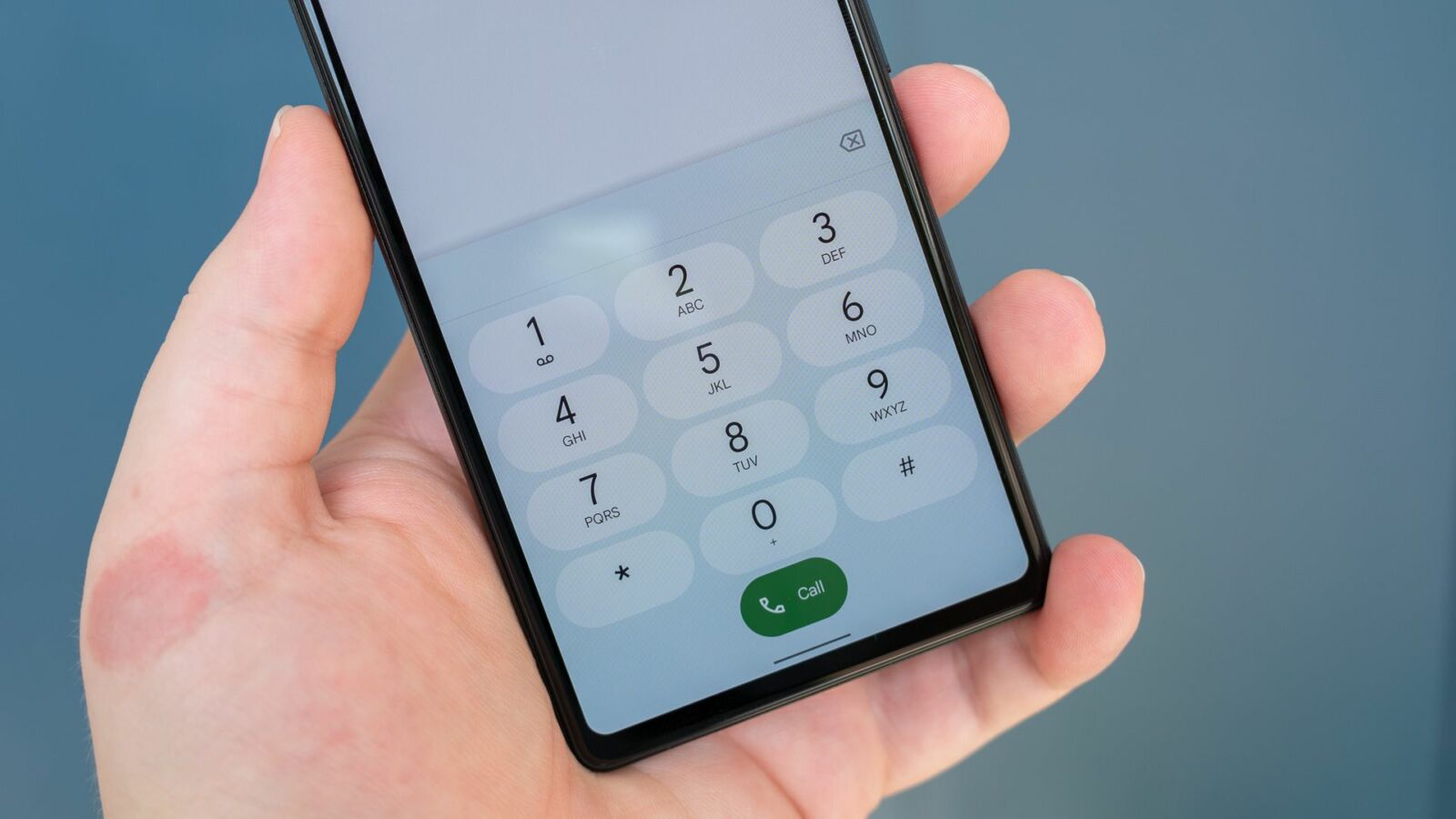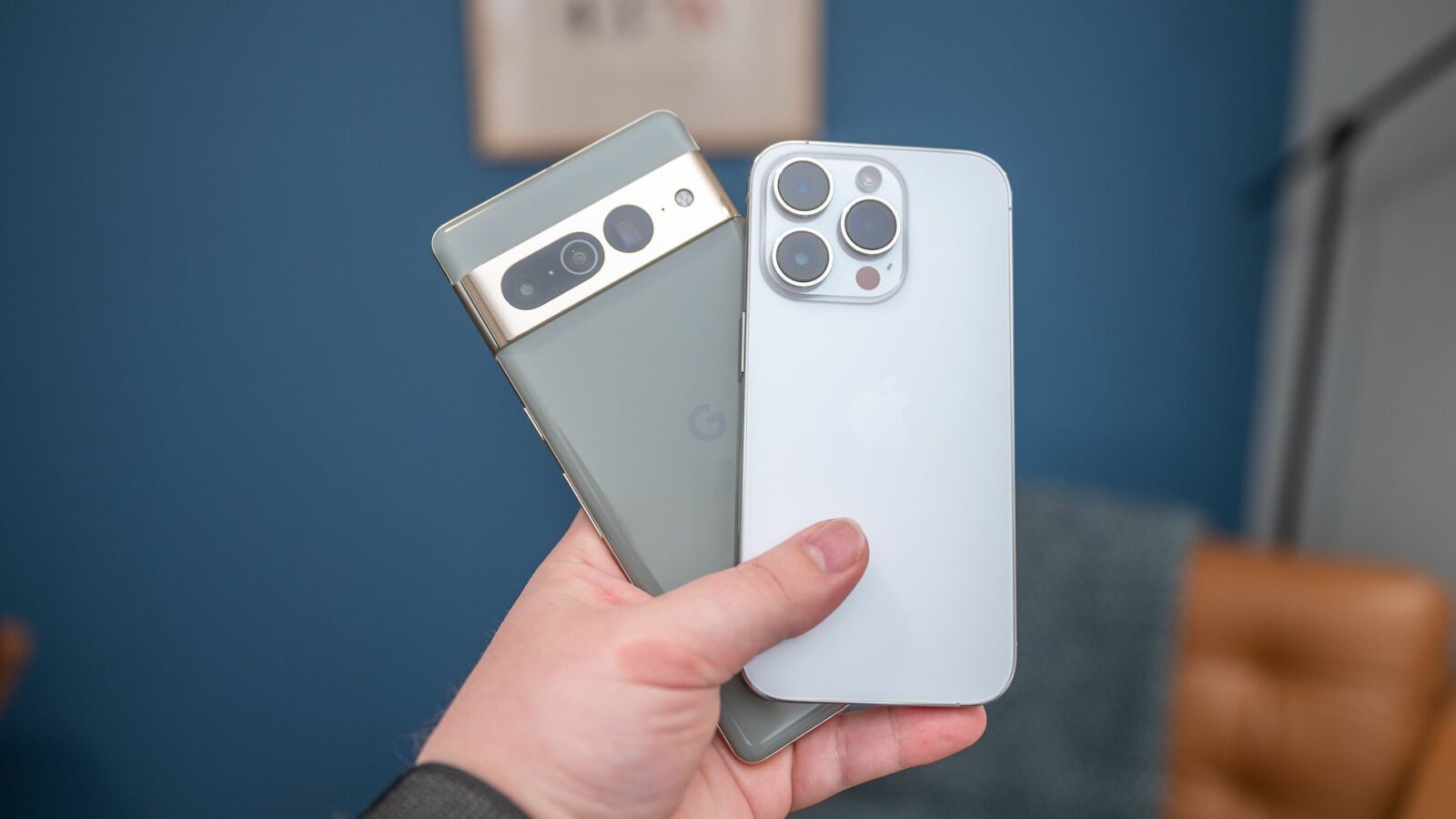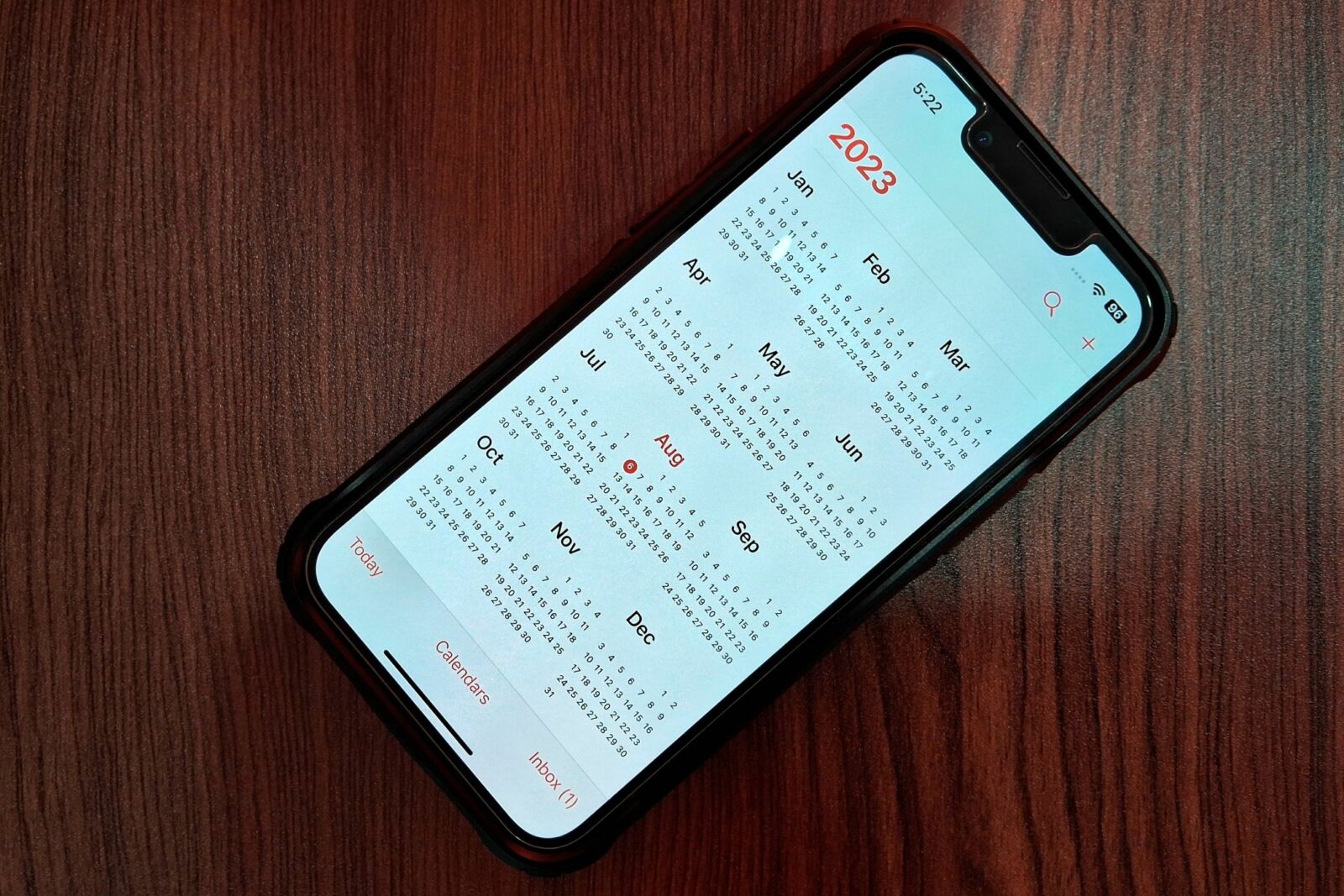Can You Transfer Your Phone Number to a New Carrier?
Transferring your number to a new carrier is usually easy.
Quick Links
- Carriers Are Usually Required to Facilitate Number Transfers
- But You Can’t Always Transfer Your Old Number
- Check if Your New Carrier Will Accept Your Old Number
- How Long Does a Number Transfer Take?
- Do You Need to Buy a New Phone to Transfer Your Number?
Key Takeaways
- You can transfer your phone number to a new carrier, even when switching from prepaid to postpaid plans. This process is usually completed online or in-store.
- Not all phone number transfers are successful. Some reasons include incompatible area codes, carrier limitations, and waivers from public utility companies.
- You can keep your old phone number when switching carriers, even if you don’t buy a new phone from the new carrier. You might need to unlock your old phone first.
Switching phone carriers is a great way to score a cheaper or more cost-effective plan. But the fear of getting a new phone number often outweighs the promise of a better deal. Thankfully, you can usually transfer your number when you switch carriers, even if you’re leaving a pre-paid service.
Carriers Are Usually Required to Facilitate Number Transfers
Per the FCC, carriers must comply when a customer asks to transfer their number to a new provider. You can complete this process in-store or online, usually by providing your new carrier with your old number. (Some carriers, like AT&T, may require additional information to complete the transfer.)
Number transfers work regardless of what “type” of plan you’re on. You can even port a number from a pre-paid plan to a post-paid plan and vice versa—if you want to switch from Verizon to Cricket, that’s fine. And this isn’t just for cellphones; number transfers are also available for landlines and VoIP services.
Most carriers suggest transferring your number before your old phone plan ends, which makes sense. The porting process isn’t instantaneous, so waiting until the last minute could leave you without phone service for a short period. And because carriers recycle numbers, trying to transfer a phone number from a long-dead plan is usually impossible.
Note that your carrier may charge you for a number transfer, though you can negotiate such fees. Also, you may want to call your old carrier after the transfer process is complete to deal with any termination fees or other problems with your old plan.
To be clear, you aren’t required to transfer your number. You can skip the number transfer when joining a new carrier if that’s what you want.
But You Can’t Always Transfer Your Old Number
Unfortunately, some situations make number transfers impossible. Providers aren’t allowed to port numbers to new “rate areas,” for example, as area codes are supposed to enforce local call rates and tax codes. If your phone number’s area code doesn’t match your current residence, you can’t transfer that number to a new provider.
A large percent of U.S. adults live outside of their old phone number’s “rate area.” I can’t find any exact figures here, but a 2016 study by the Pew Research Center states that 10% of U.S. adults use a phone number that doesn’t match the state in which they live. And that’s just by state—area codes often differ between counties and cities.
And while most carriers go with the flow, your new provider isn’t legally obligated to accept an old number. Small or regional providers often refuse to accept number transfers, either due to infrastructure limitations or the lack of a lucrative “transfer agreement.”
Additionally, public utility companies have the power to waive number porting requirements. Depending on where you live, carriers may not be obligated to submit or fulfill number transfers. (To be fair, these waivers are usually a result of underdeveloped infrastructure, which may make number transfers impossible regardless of the law.)
Check if Your New Carrier Will Accept Your Old Number
Most carriers have “number portals” that tell you whether they’ll accept your old number. Using these tools will not affect your current phone plan; they just make things a bit easier for you.
Here’s a quick list of some top providers’ number transfer portals:
- Verizon
- AT&T
- T-Mobile
- Metro by T-Mobile
- Cricket Wireless
- Mint Mobile
- Google Fi Wireless
- Xfinity Mobile
- Visible
Note that some of these carriers require that you log in before using their respective number transfer compatibility tools.
How Long Does a Number Transfer Take?
Due to FCC requirements, most number transfers will be transferred within one business day. Verizon claims that it completes mobile number transfers within “4-24 business hours”, and landline transfers can take 2-10 days.
Complex number transfers can take more than a day. If you want your entire family to keep their old numbers, for example, you may find yourself waiting up to a week for the transfer to complete. (That said, you’ll probably wait just one or two days. If you’re worried, I suggest only transferring adults’ phone numbers.)
Transferring a landline number to a cellphone can also take a few days. Funny enough, your landline and smartphone may temporarily use the same number during the transfer process. Just bear in mind that some carriers, including AT&T, don’t accept number transfers from landlines to cell phones.
Again, carriers suggest that you transfer your number while your old plan is still active. Doing so will ensure that you have a working phone during the transfer process. And, of course, transferring a number from an inactive plan may be impossible.
Do You Need to Buy a New Phone to Transfer Your Number?
Because carriers make a ton of money selling phones, they tend to offer “switch and save” discounts to new customers. But buying something at a discount isn’t the same thing as “saving money,” so you may choose to skip these deals. That’s fine; you can still transfer your number to your new carrier.
The transfer process is just slightly more difficult when you use an old phone. Chances are, your old carrier locked the phone, so it only works with their network. That means you need to unlock your phone yourself or take it to the old carrier for help.
Once your phone is unlocked, your new carrier will give you a replacement SIM card or activate an eSIM. Just stick this SIM in the phone (or get the carrier to do it for you) and you’re all set.
Now, some phones are locked at a hardware level, meaning that they can’t physically connect to other carriers’ networks. In this case, you need a new phone. Most people won’t run into this situation, though it could be a problem if you’re using a budget phone and switching to or from Verizon.
“Tech Bargains Galore: Where Innovation Meets Affordability!”










